The Hungry Carrot is reader-supported. This post contains affiliate links.
The first question you are always asked as a vegan is, “But how do you get enough protein?” There is this pervasive myth that if you aren’t incorporating meat and dairy into your diet, you will wither away and eventually become sick and weak.
This couldn’t be further from the truth. While meat and dairy contain high amounts of protein, there are numerous plant-based sources of protein that are healthier, more sustainable, and don’t contribute to the same health risks as a diet rich in red meat and dairy products.
However, maintaining a balanced, healthy diet also means you need to know a thing or two about the best sources of plant-based protein, how much you need, and how to incorporate it into your diet to reach your health and wellness goals.
In this comprehensive guide, we are covering daily recommended protein values, the best whole food sources, types of vegan protein supplements, and tips on how to ensure you’re getting enough protein to support your activity levels and goals.
How Much Protein Do I Really Need?
Figuring out your daily recommended protein target isn’t as complicated as everyone makes it seem. It really comes down to your age, sex, activity level, and individual goals.
Calculate Your Daily Protein Goal
Let’s start with the basics. For an average adult, the Recommended Dietary Allowance (RDA) of 0.8 grams per kilogram of body weight or 0.36 grams per pound. For me, this means as a 125-pound woman, I would need about 45 grams per day as general maintenance.
It looks like this: weight in lbs x 0.36 grams = daily protein target
125 lbs x 0.36 grams = 45 grams of protein daily
How to Adjust Your Protein Goal Based on Age
Next, let’s accommodate for age. If you are under 45-50 years of age, you’re done! The 0.36 grams per pound is your daily target. As you get older, you will want to increase this to closer to 1.2 to 1.6 grams per kilogram of body weight or 0.5-0.7 grams per pound of body weight.
If you are over 50: weight in lbs x 0.5 grams = daily protein target
125 lbs x 0.5 grams = 62.5 grams of protein daily
Modify Your Protein Goal to Support Activity Levels and Fitness Goals
Lastly, consider your exercise and activity levels. If you are working on gaining muscle and losing fat, you will need to increase your protein goals per day. For someone with moderate to intense physical activity, protein needs typically range between 1.2 to 2.2 grams per kilogram of body weight or 0.73 grams per pound of body weight. Stick to the higher end if you are training for muscle mass.
To Build Muscle: weight in lbs x 0.73 grams = daily protein target
125 lbs x 0.73 grams = 91.25 grams of protein daily
For example, I modulate my protein intake to match my current goals. Most of the time, I am striving for an average of 45 grams per day. Currently, I am training for an upcoming hiking trek to Patagonia, which means my workout routine and strength training regimen are pretty intense. I am consistently clearing about 50 miles of hiking and walking per week and three to four intensive strength training sessions, so I am aiming closer to 120 grams per day.
Top 7 Best Vegan Protein Sources
Protein is essential for building and repairing tissues, making enzymes and hormones, and supporting healthy immune function. For those gym girlies, you aren’t going to see results if you aren’t getting enough protein. It’s vital for muscle growth, recovery, and increasing overall strength. It also helps with metabolism and can keep you feeling full for longer, which is beneficial for weight management.
The good news is that there are countless plant-based protein sources that can help you reach your daily protein target. Here are some of the best options:
1. Legumes
Legumes, such as lentils, chickpeas, and beans, are excellent sources of protein and fiber. These foods are versatile and can be incorporated into soups, salads, and stews. Here’s a look at some protein-rich legumes:
- Lentils: 18 grams of protein per cup (cooked)
- Chickpeas: 15 grams of protein per cup (cooked)
- Black beans: 15 grams of protein per cup (cooked)
Try out these recipes: Hearty Black Bean Soup, Lentil Shepherd’s Pie, Black Bean Quinoa Burgers, and this Spicy Bean Chili.
2. Tofu and Tempeh
Tofu and tempeh are both made from soybeans, but they have different textures and protein content. Both of these are incredibly versatile and can be used in everything from stir-fries to sandwiches, making them easy additions to any meal.
- Tofu: Around 20 grams of protein per 4 ounces
- Tempeh: Around 21 grams of protein per 4 ounces
Try these recipes: Tofu Breakfast Scramble, Tofu Poke Bowl, and this High Protein Tomato Tofu Soup, Thai Yellow Curry, or these amazing Mandu Tofu Vegetable Dumplings.
3. Seitan
Seitan is made from gluten, the protein in wheat, and it’s an excellent source of protein, with around 21 grams per 3 ounces. It has a chewy, meat-like texture, making it a popular meat substitute. However, it’s not suitable for those with gluten sensitivities.
Check out these recipes: Vegan Lettuce Cups, Spaghetti and Meatballs, and Better than Beef Bao Buns.
4. Quinoa
Quinoa is a whole grain that contains all nine essential amino acids, making it a complete protein. It provides 8 grams of protein per cup (cooked), and it can be used in place of rice or pasta in various dishes or make burger patties and salads with it.
Try these quinoa recipes: Black Bean and Quinoa Burgers, Butternut Squash Salad with Quinoa, and Red Wine Burgers.
5. Nuts and Seeds
Nuts and seeds are not only high in protein but also healthy fats, which are important for a balanced vegan diet. Some protein-rich options include:
- Peanuts: 8 grams per ounce
- Almonds: 6 grams per ounce
- Chia seeds: 4 grams per ounce
- Hemp seeds: 9 grams per ounce
Try these recipes: Pineapple Forbidden Rice, Toasted Pine Nut and Garlic Hummus, Thai Peanut Udon Noodles, and Springs Rolls with Peanut Sauce.
6. Plant-Based Protein Powders and Granola Bars
Vegan granola bars are helpful to have on hand when packed with nuts, seeds, and healthy fats. While whole foods should be the primary source of protein, plant-based protein powders can help supplement your intake, especially for athletes or people with higher protein needs. Most contain about 20-30 grams of protein per serving. Popular vegan protein powders include:
- Pea protein: Rich in iron and easy to digest.
- Rice protein: A hypoallergenic protein that’s gentle on the stomach.
- Hemp protein: Contains omega-3 fatty acids and fiber in addition to protein.
Check out these recipes: Millet Granola Bars, Vegan Oatmeal, and Acai Bowls.
7. Veggies
While vegetables aren’t typically as protein-dense as legumes, grains, or soy products, they still contribute a significant amount of protein when incorporated into a balanced, plant-based diet. Besides, protein won’t help you if you don’t incorporate fiber, so here are the top protein-rich veggies.
- Spinach: 5 grams per cup (cooked)
- Broccoli: 3 grams per cup (cooked)
- Spinach: 5 grams of protein per cup (cooked)
- Broccoli: 3 grams of protein per cup (cooked)
- Brussels sprouts: 4 grams of protein per cup (cooked)
- Kale: 3 grams of protein per cup (cooked)
- Peas: 8 grams of protein per cup (cooked)
- Artichokes: 4 grams of protein per medium artichoke (about 1 cup cooked)
- Asparagus: 4 grams of protein per cup (cooked)
- Sweet potatoes: 4 grams of protein per medium sweet potato
- Mushrooms: 3 grams of protein per cup (cooked)
- Edamame: 17 grams of protein per cup (cooked)
- Zucchini: 2 grams of protein per cup (cooked)
- Cauliflower: 2 grams of protein per cup (cooked)
- Green beans: 2 grams of protein per cup (cooked)
- Cabbage: 2 grams of protein per cup (cooked)
- Carrots: 1 gram of protein per medium carrot
Do I Need Protein Supplements As a Vegan?
For maintenance protein needs, if you are eating a mindful, balanced diet you should be getting adequate protein from whole foods each day. However, if you’re struggling to meet your protein needs through whole foods alone, protein supplements can provide an extra boost.
I honestly find it impossible to eat enough food in large enough quantities to reach my protein goals when I am training harder than normal. Vegans have to eat more than herbivores as a baseline anyway, and when you need to top out 100 grams of protein, I don’t know about you, but I just can’t eat five blocks of tofu or six cups of beans a day. To reach these stretch goals, here are some of my favorite vegan protein supplements:
1. Pea Protein
Pea protein is derived from yellow peas and is high in essential amino acids, particularly arginine, which supports muscle growth and blood circulation. It’s also hypoallergenic and easy to digest.
Naked Pea is awesome. It’s 100% pea protein isolate that mixes well and is easy to digest. It’s non-GMO, gluten-free, and comes in unflavored as well as chocolate, vanilla, and peanut butter. I put this in my coffee in the morning and with just one serving, you are getting 27 grams of protein.
Vega is another all-timer. They have the added benefit of superfoods and greens per serving like spinach, kale, alfalfa, and broccoli. You get 20 grams of protein per serving and it comes in vanilla, chocolate, and berry flavors. I love using Vega in shakes and smoothies.
2. Brown Rice Protein
Brown rice protein is a great option for those with food allergies or sensitivities. While it’s a bit lower in protein compared to pea protein, it’s still a solid option for vegans. It’s also rich in antioxidants and can be easily mixed with other protein powders to create a more complete amino acid profile.
My favorite is the Organic Rice Protein from NutroBiotic. It’s chemical-free, non-GMO, and certified Kosher. Each serving has 11 grams of protein and comes in plain, chocolate, and vanilla.
3. Hemp Protein
Hemp protein is made from hemp seeds, and it’s one of the best vegan protein options for heart health due to its omega-3 fatty acids. It’s also a complete protein source, providing all nine essential amino acids. It can be a little more expensive and doesn’t always mix well in water or liquids, but it works awesome in smoothies and this one from Anthony’s is Organic and contains 15 grams of protein per serving.
The Top Vegan Protein Recipes
To make it easy to incorporate high-protein plant-based meals into your week, here are my favorite top 21 recipes for protein-rich foods that are easy to make and delicious.


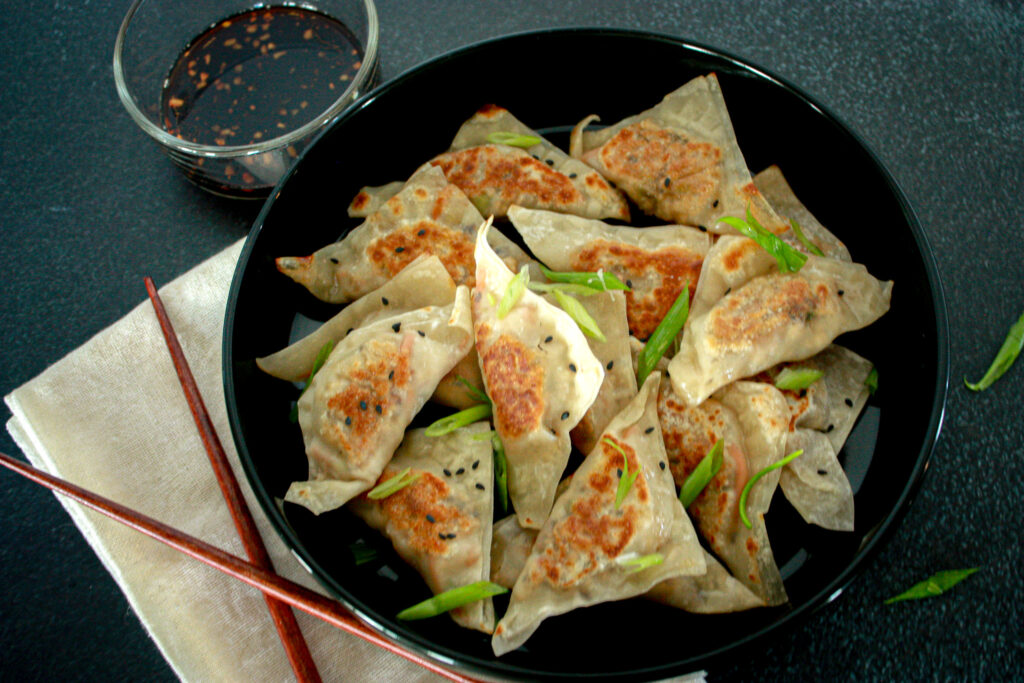


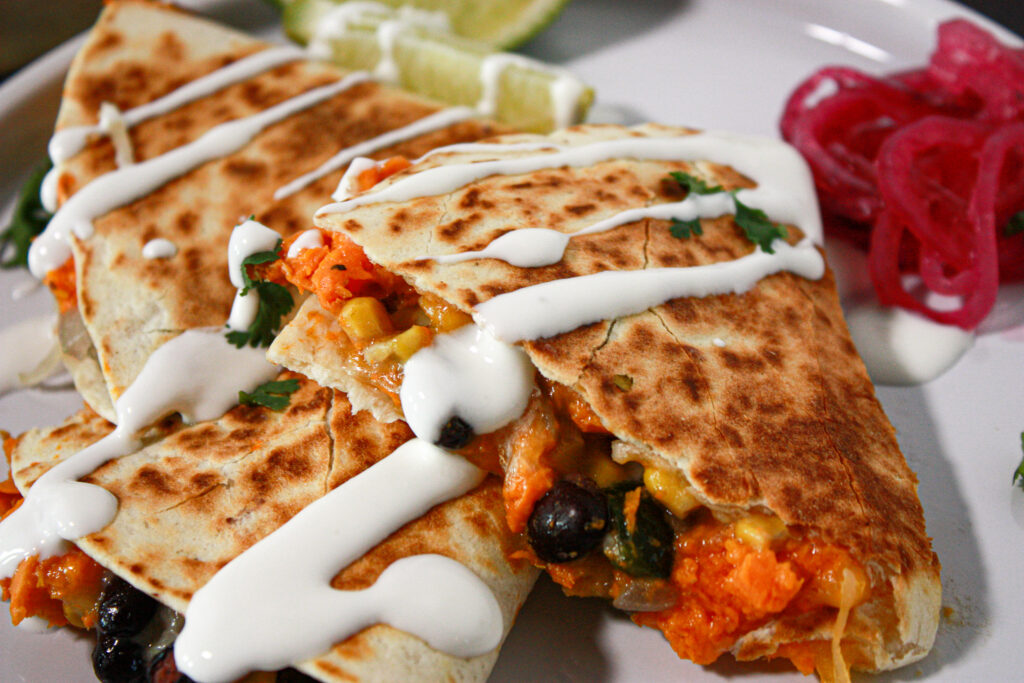
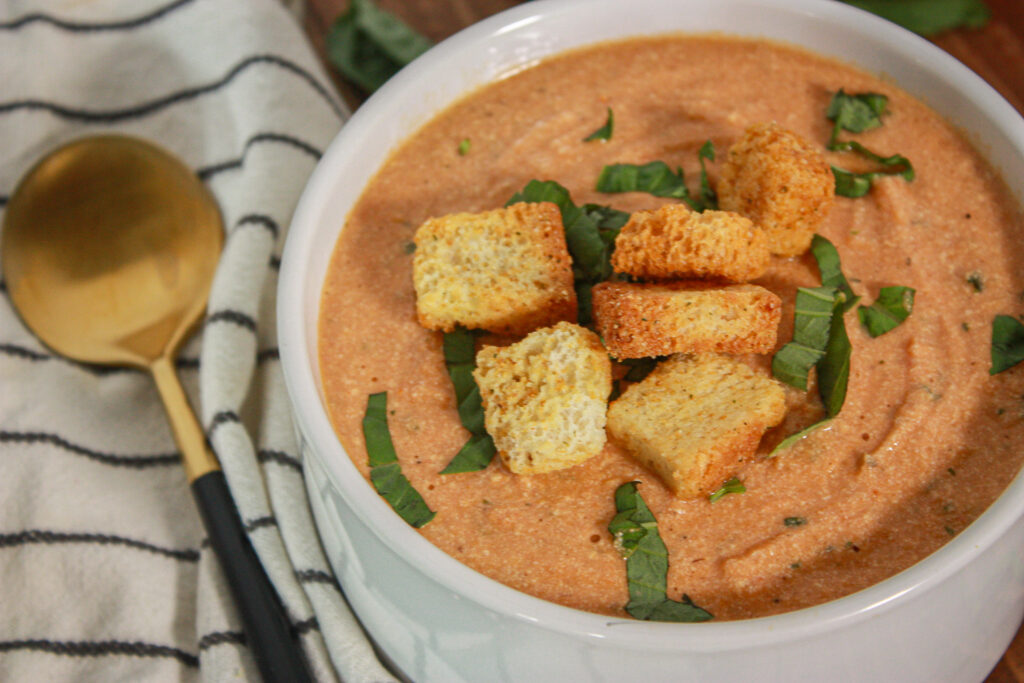


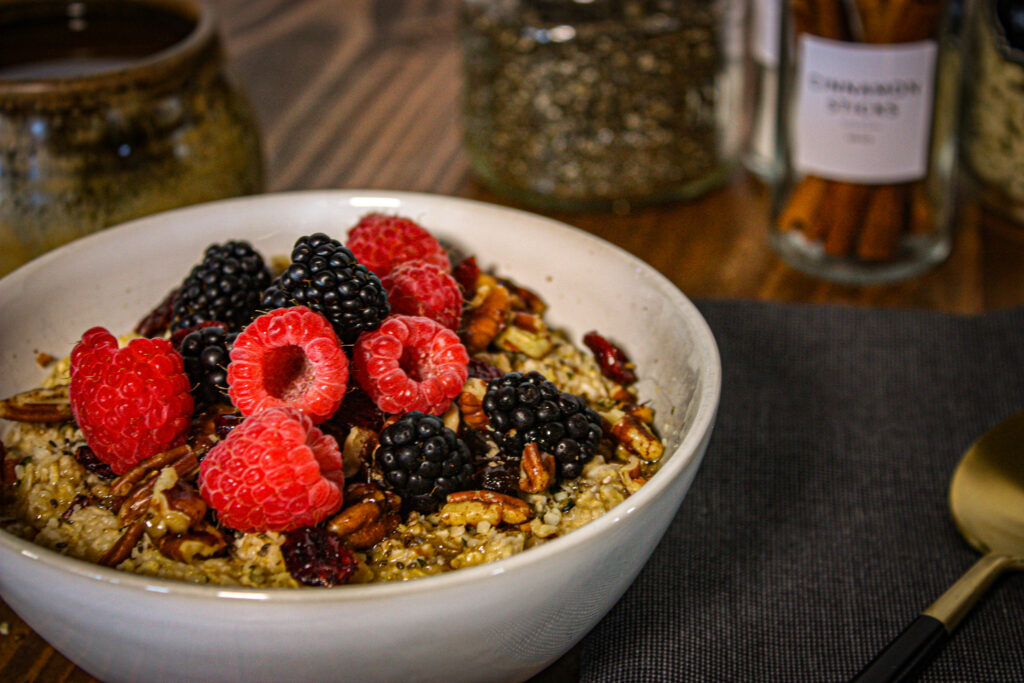
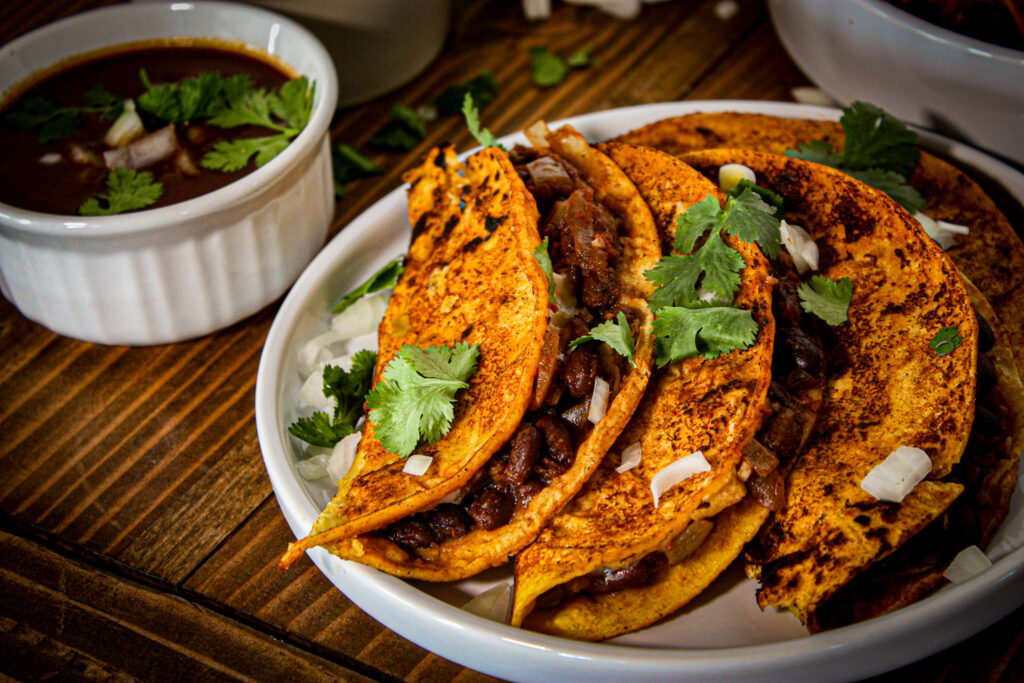
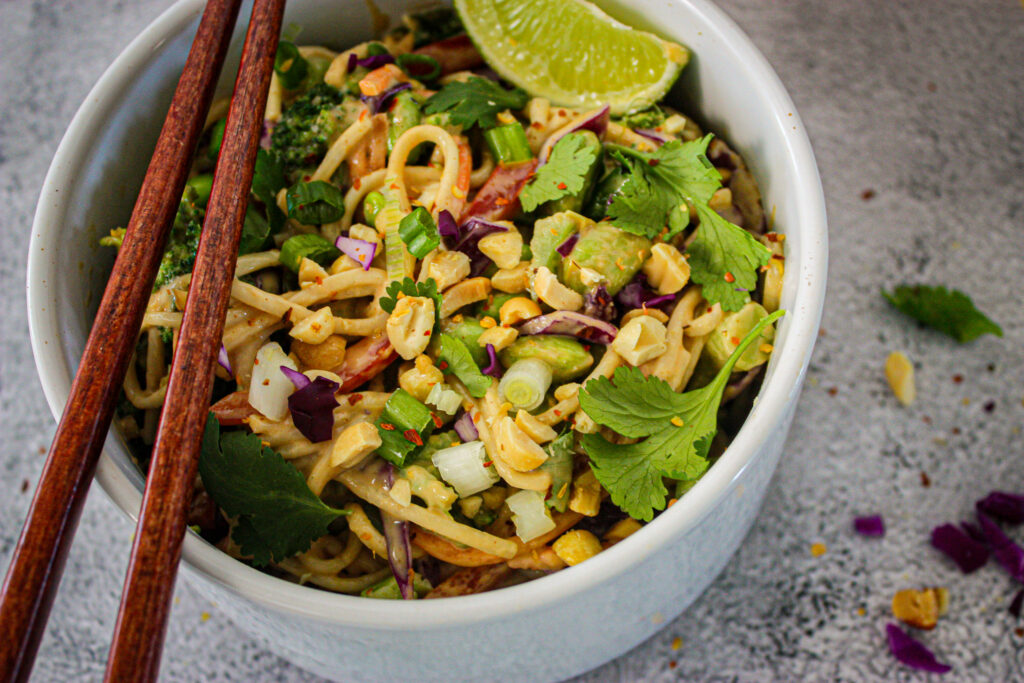
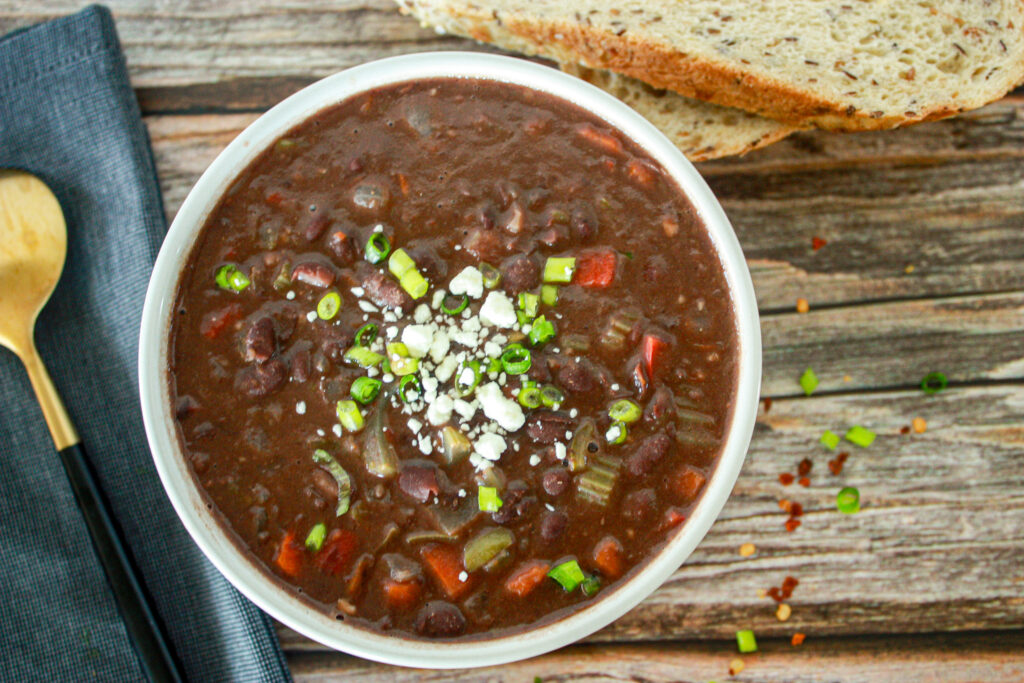
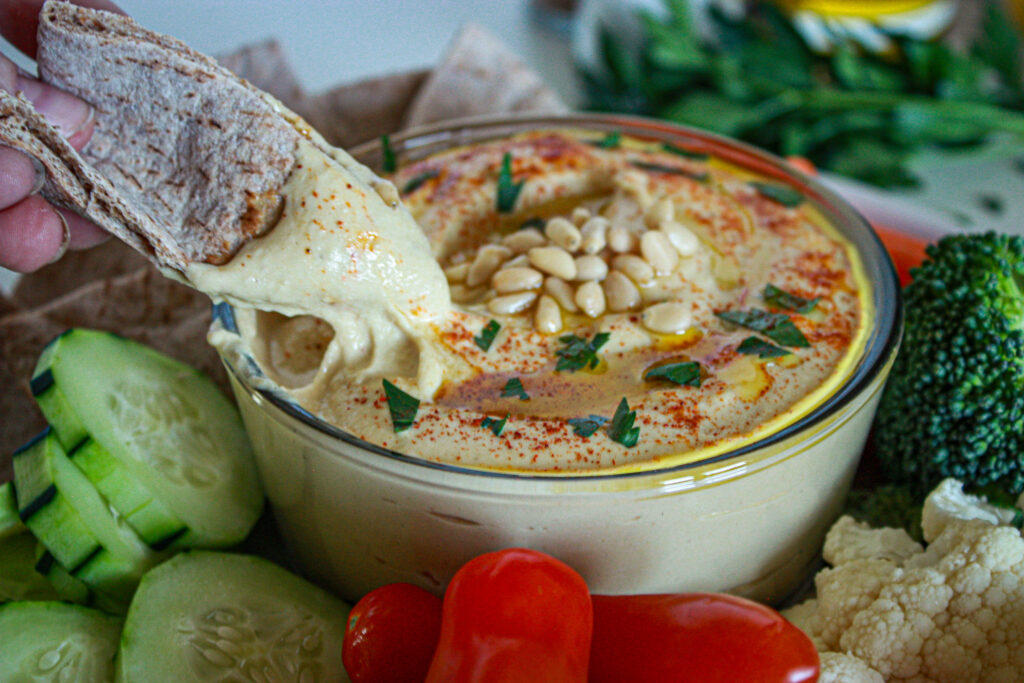
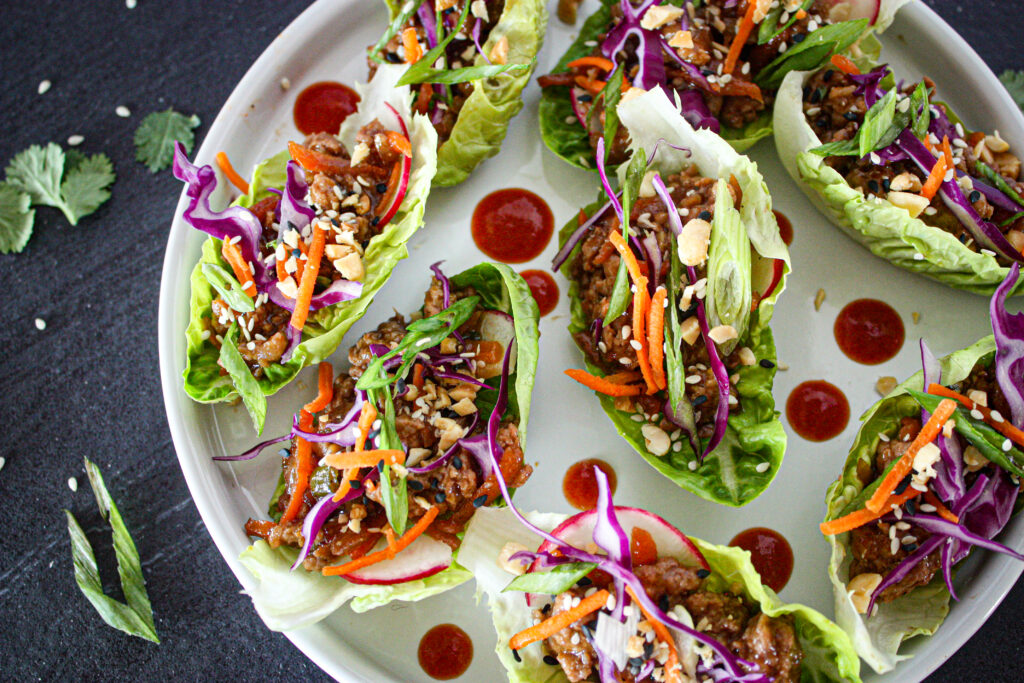
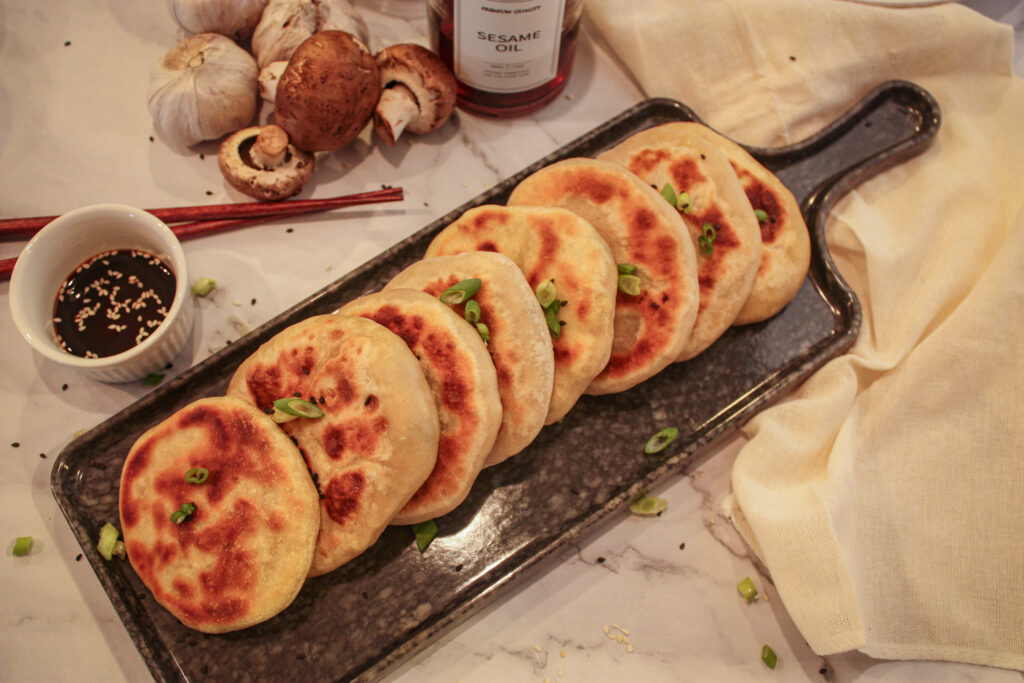
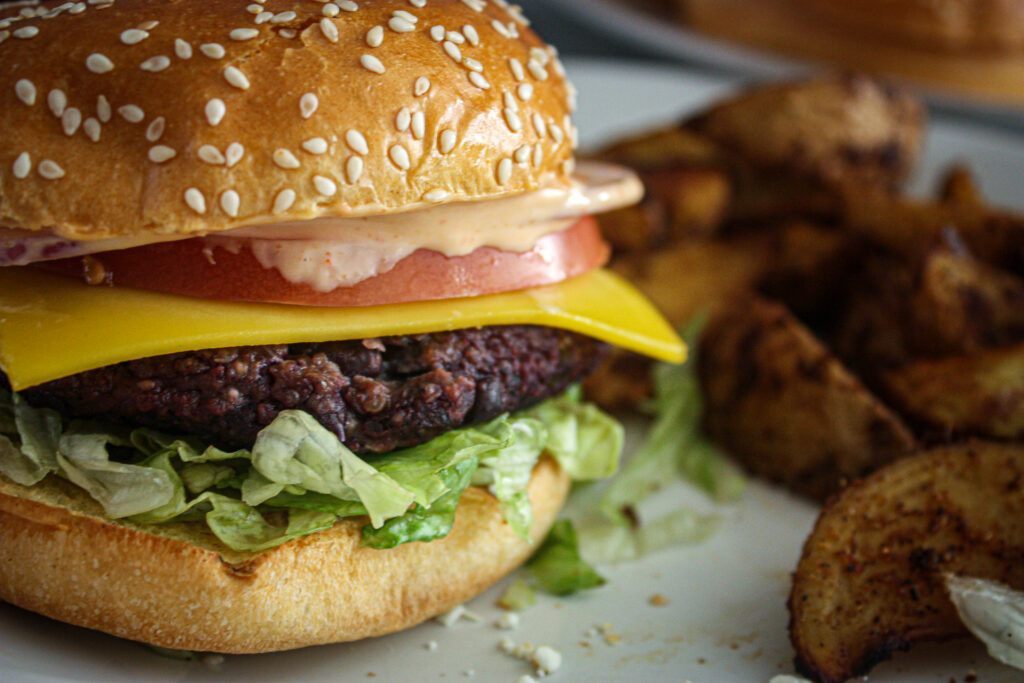
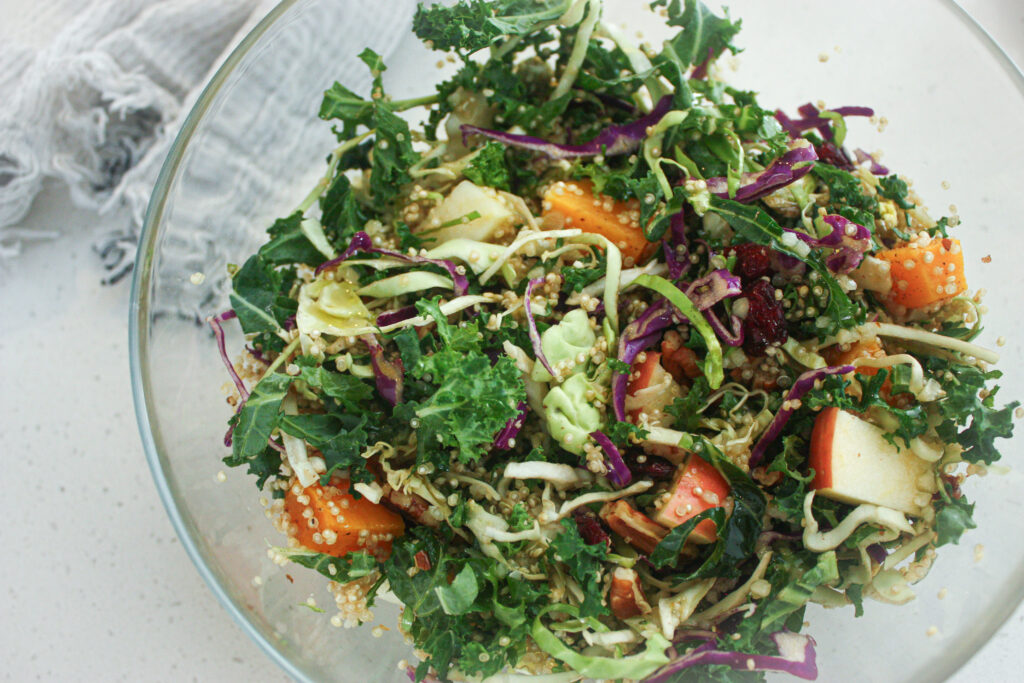
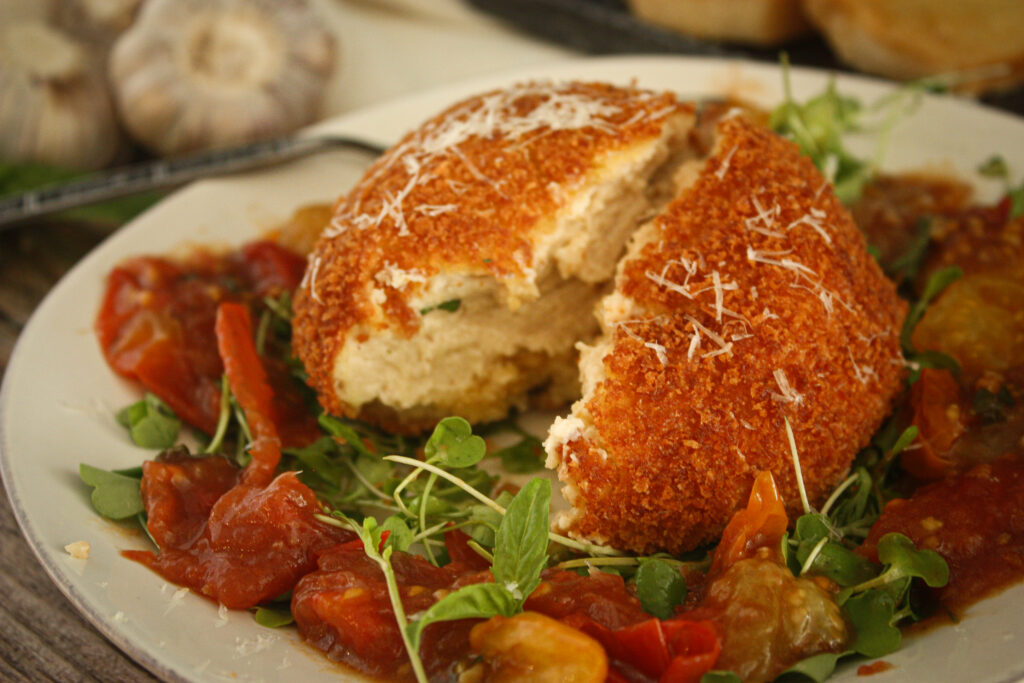
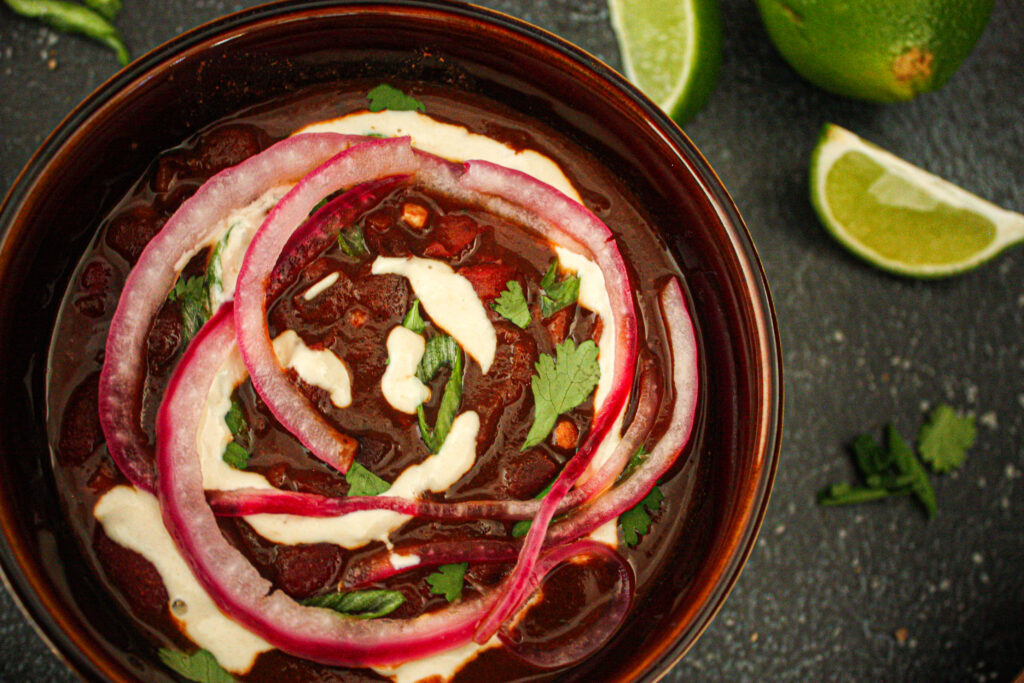
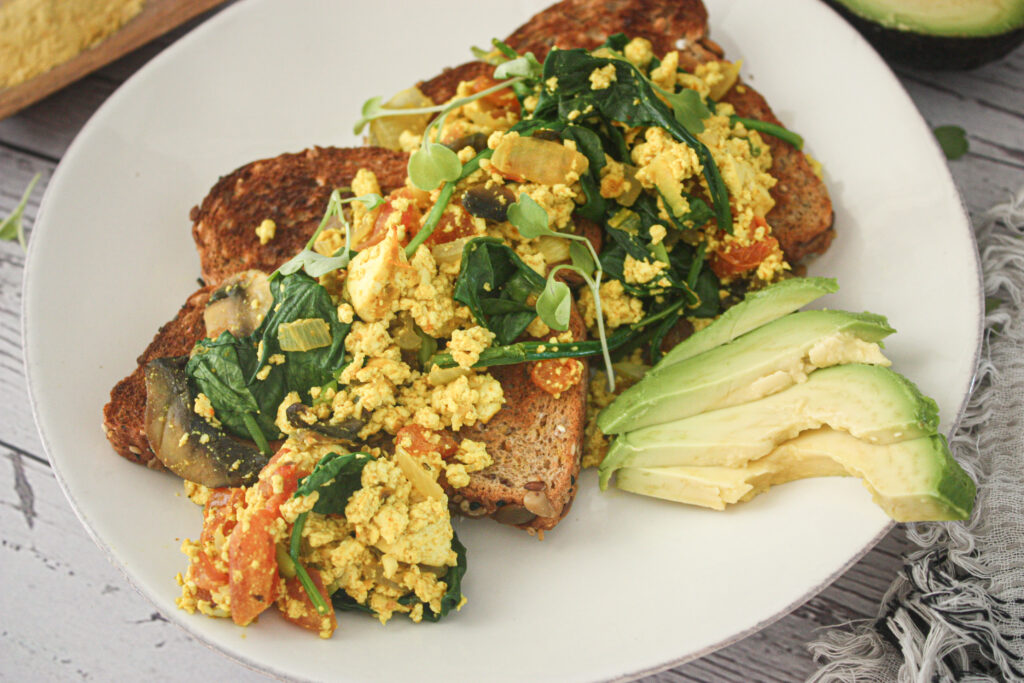


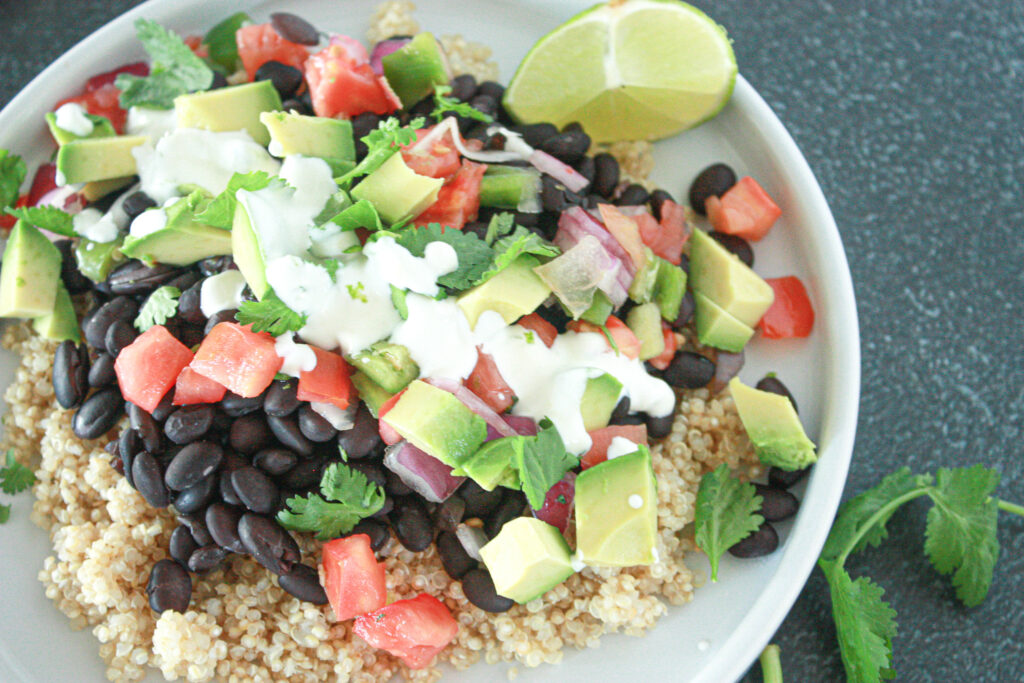
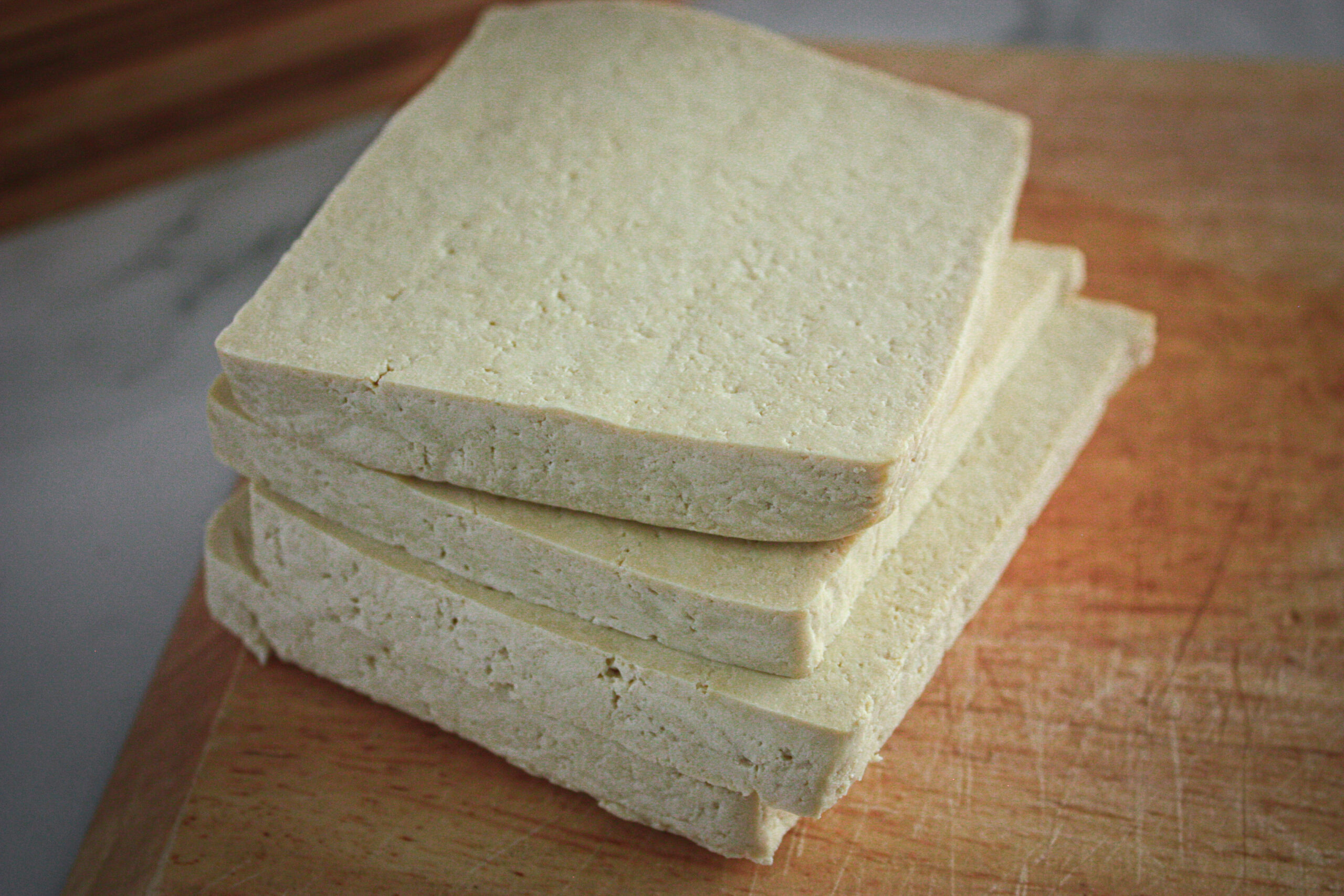
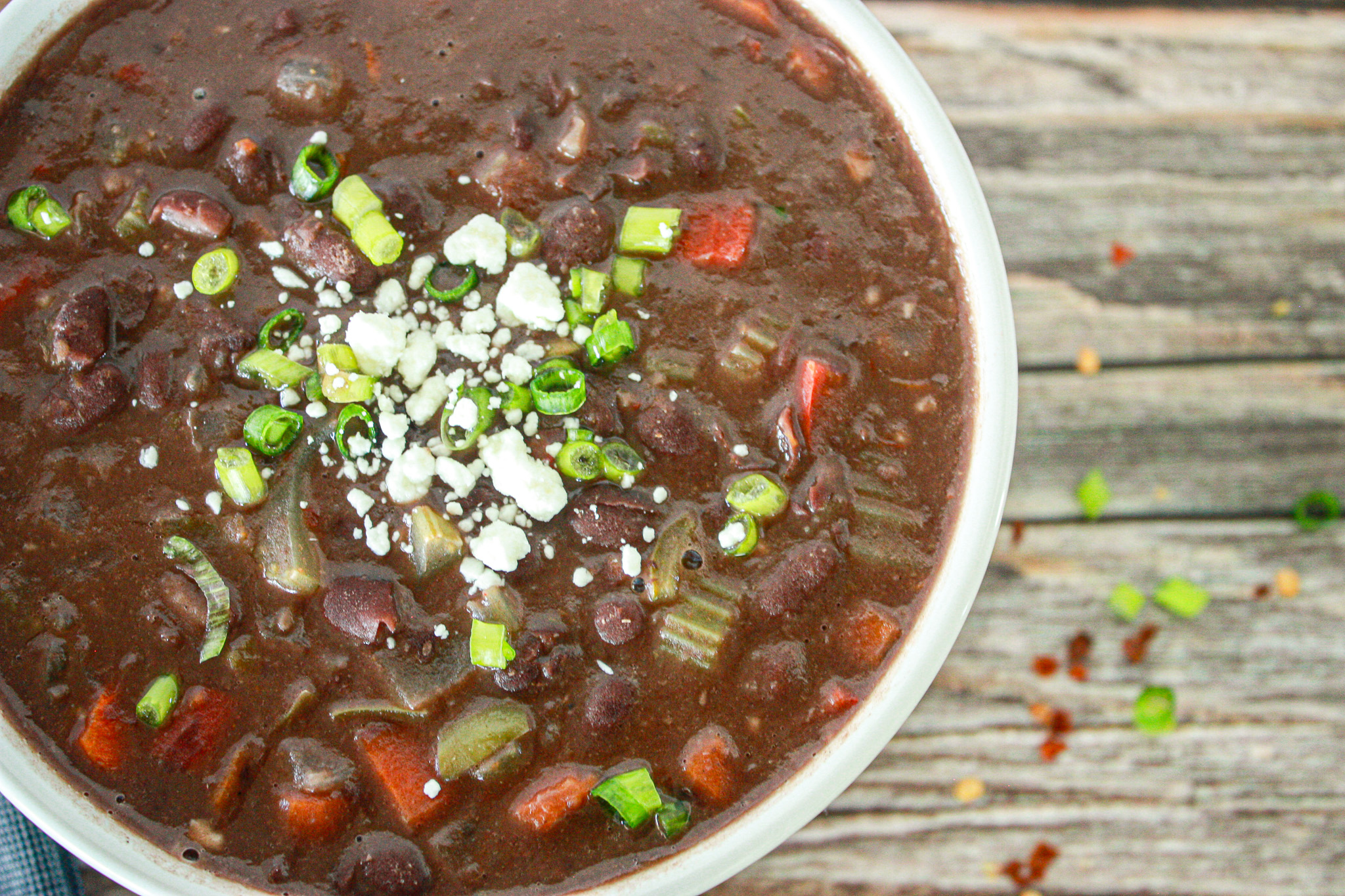
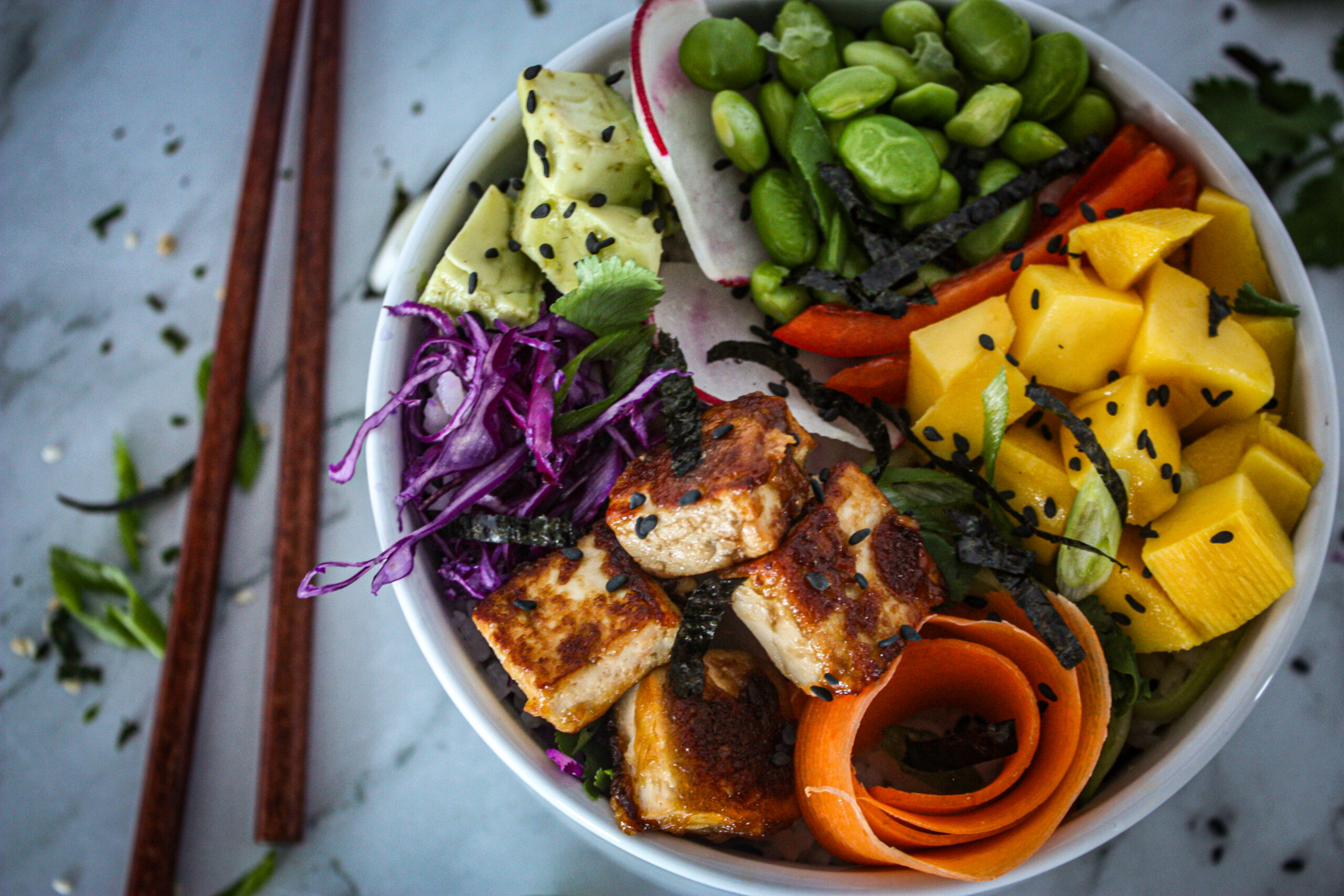
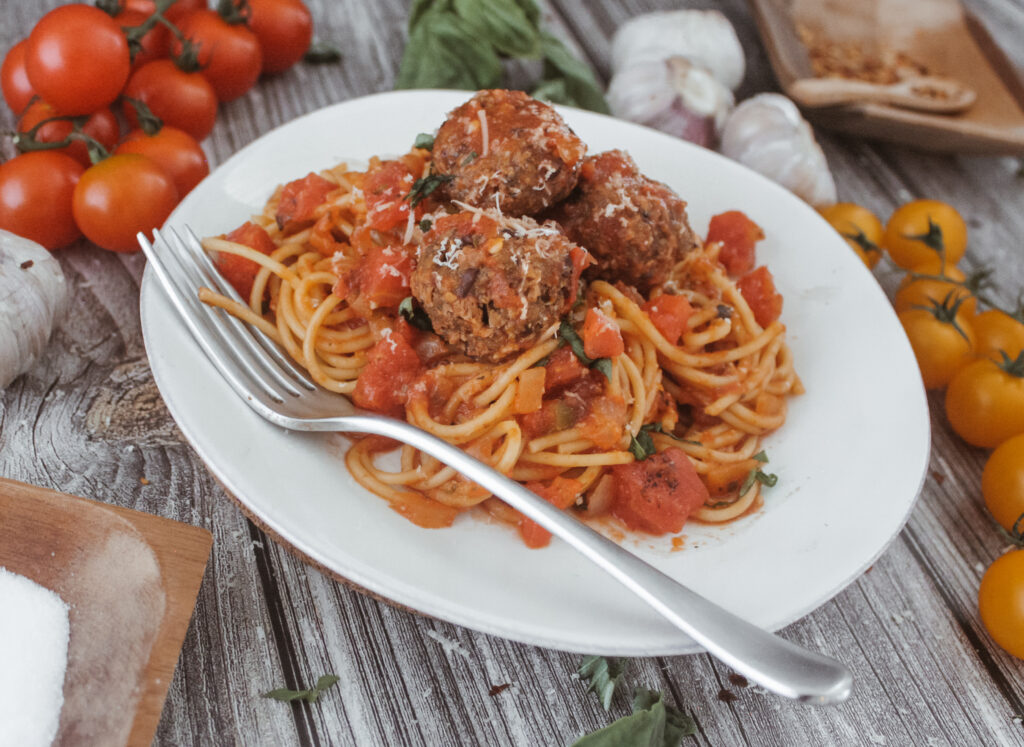
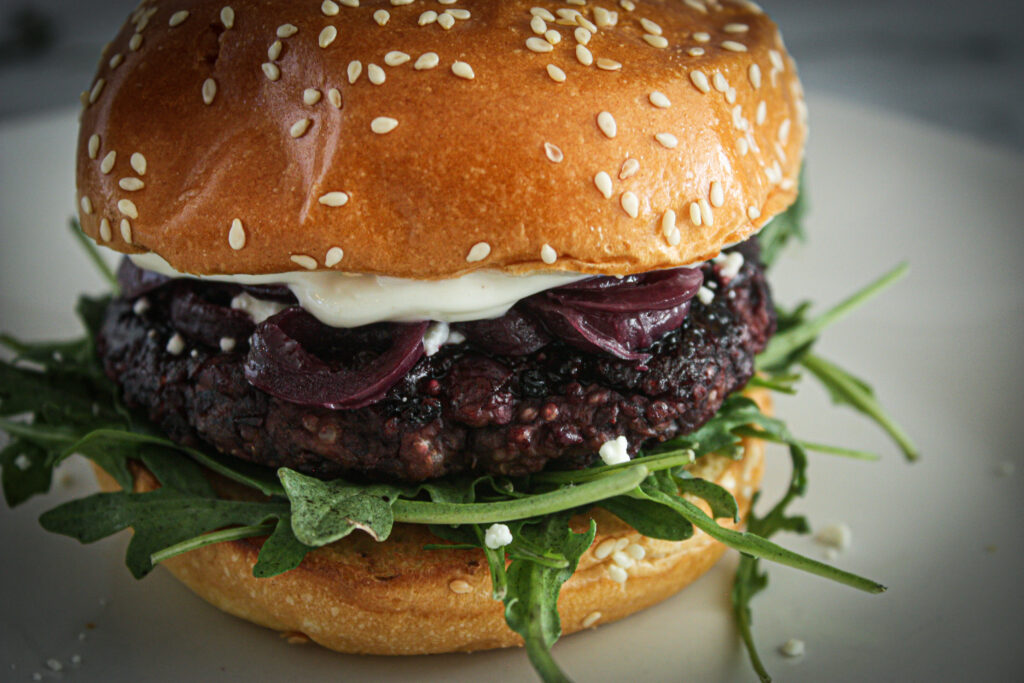
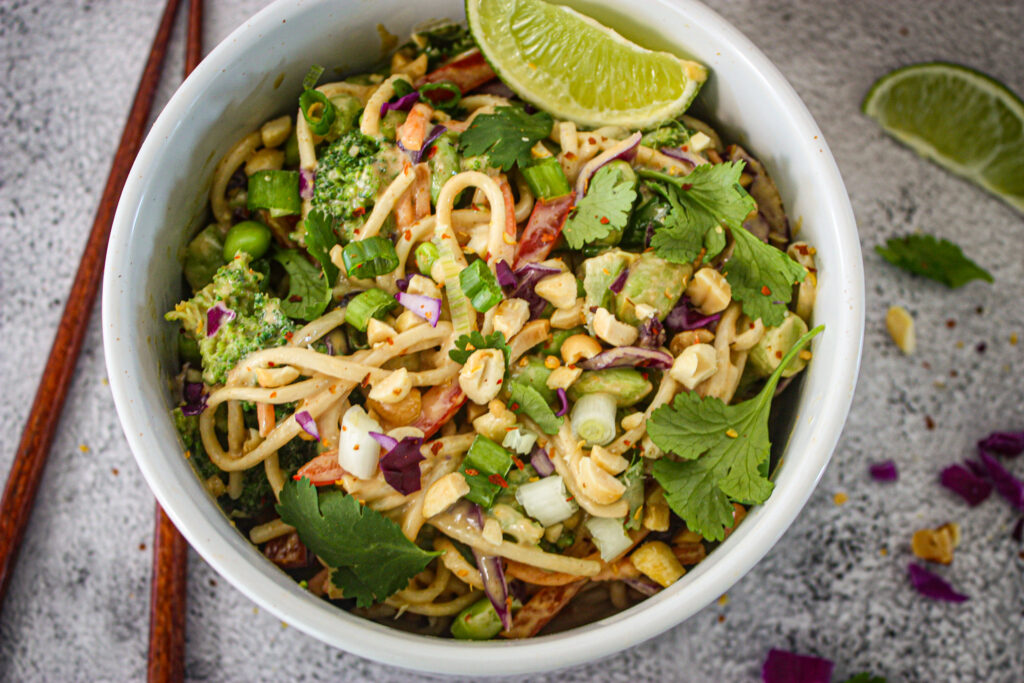
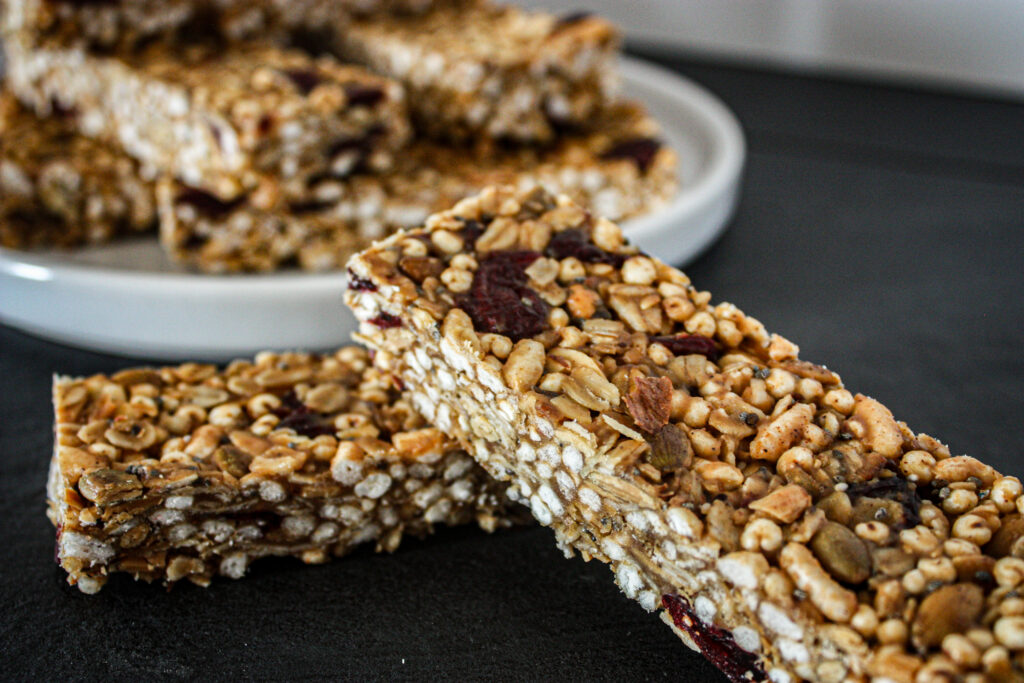
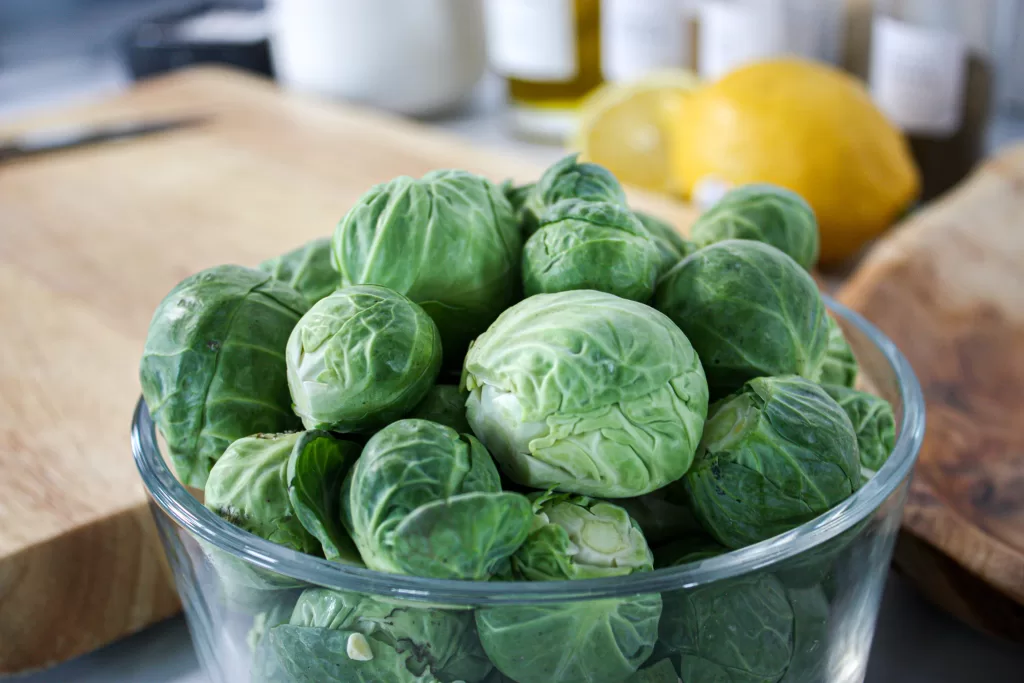
March 21, 2025 at 5:12 am7e6zx3